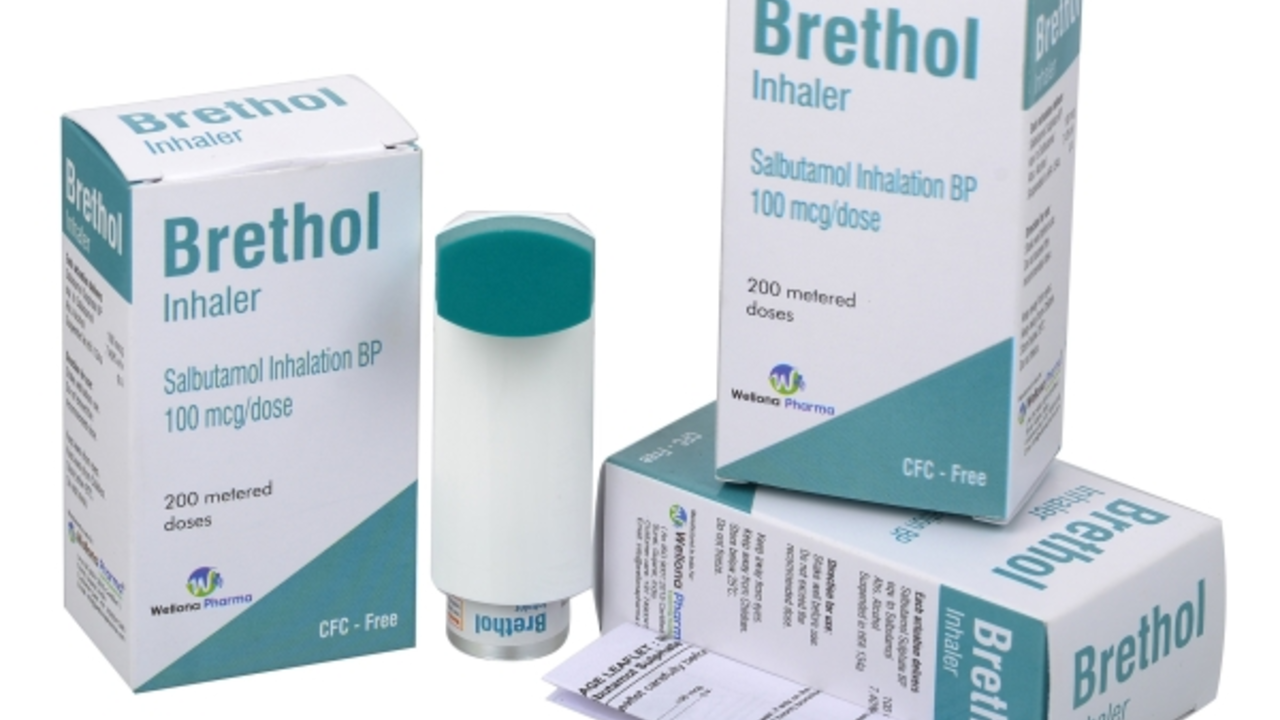Asthma Inhalers: Practical Tips to Breathe Better
Up to half of people with asthma use their inhaler wrong — and that’s a big reason symptoms keep coming back. This page gives straight, useful steps for picking the right inhaler, using it properly, and keeping it working when you need it most.
First, know the two main roles: rescue and controller. Rescue inhalers (usually short-acting beta agonists/SABA) stop an attack fast. Controller inhalers (inhaled corticosteroids, sometimes combined with long-acting bronchodilators/LABA) reduce inflammation and prevent flares when used daily.
How to use your inhaler: simple, clear steps
Metered-dose inhaler (MDI) — the common press-and-breathe type:
- Shake the inhaler well. Exhale fully away from the mouthpiece. Place the mouthpiece between your teeth and seal with your lips. Press the canister once while breathing in slowly for 3–5 seconds. Hold your breath for about 10 seconds, then breathe out slowly.
Dry powder inhaler (DPI) — breath-activated devices:
- Load the dose if required. Exhale away from the device. Take a quick, deep, forceful breath in (not slowly). Hold for about 10 seconds, then exhale slowly.
If you cough or taste the medication, try again. Don’t worry if it feels awkward at first — practice helps. Ask your clinic to watch your technique; a one-time check usually fixes most problems.
Choosing and caring for your inhaler
Use a spacer with MDIs when possible, especially for kids and older adults. Spacers cut down coordination problems and send more medicine to your lungs. For steroid inhalers, rinse your mouth and spit after use to lower the risk of thrush.
Check dose counters and expiry dates. Replace the inhaler when the counter hits zero, even if it still sprays. Store inhalers at room temperature, away from heat and direct sunlight. Don’t freeze them or leave them in a hot car.
Clean the mouthpiece weekly for MDIs — remove the canister and rinse the plastic case in warm water, then air dry. For DPIs, wipe the mouthpiece only and keep it dry; moisture can ruin the powder dose.
Don’t share inhalers. Keep the prescription label and instructions. If you’re buying online, use a licensed pharmacy and keep your prescription current. Your doctor should choose or approve any switch between inhaler types or brands.
Watch how often you need your rescue inhaler. If you use it more than twice a week (not counting before exercise), call your provider — your controller plan likely needs an update. Seek urgent care if you can’t speak full sentences, you’re breathing very fast, or your lips or fingernails turn blue.
Small changes in technique and care make a big difference. Bring your inhaler to appointments, ask for a quick technique check, and use a spacer if suggested. Proper use means fewer flare-ups and more confident breathing.

